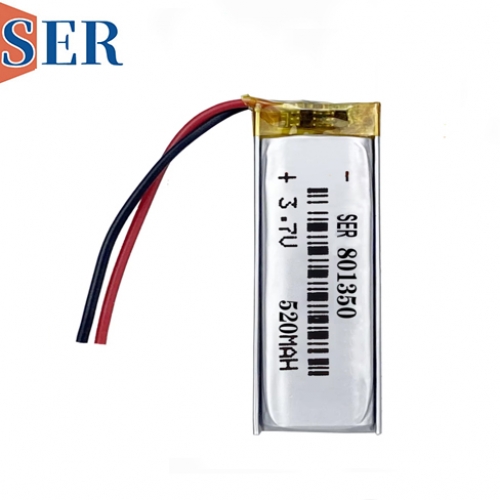The difference between Lithium thionyl chloride battery and lithium manganese dioxide battery
The difference between Lithium thionyl chloride battery and lithium manganese dioxide battery
Lithium batteries contain disposable primary lithium batteries, including Lithium thionyl chloride batteries, lithium manganese dioxide batteries, Lithium–sulfur battery batteries, lithium-iron batteries, etc. , it also contains rechargeable batteries: 3.7V lithium-ion battery ,lithium iron phosphate which has a nominal voltage of 3.2 V.
Lithium thionyl chloride batteries, lithium manganese dioxide batteries are disposable lithium batteries, that is, the battery after its own capacity is exhausted can not be recharged.
Lithium thionyl chloride battery is always called Li-SOCL2 battery,or LiSOCL2 Battery. Because of its special chemical characteristics, passivation effect, its self-discharge rate is less than 1% per year , storage life of 10 years or more, Therefore they have been widely used in three meters (smart watt-hour meter, remote water meter, smart gas meter) smart water meter, watt-hour meter and natural gas meter to do switching power supply. Lithium thionyl chloride batteries are disposable and can not be recharged.
The full name of the Li-Socl2 battery is Lithium thionyl chloride batteries, which is thionyl dichloride with a fill factor of 3.6 V and a termination voltage of 2.0 V. The full name of Li-MnO2 battery is lithium manganese dioxide battery. The positive class is manganese dioxide, with a fill factor of 3.0 V and a termination voltage of 1.8 V.

The characteristics of LiMNO2 Battery:
Low self-discharge rate, long storage life, because of the effectiveness of organic compounds and lithium, lithium anode on the surface of a protective film, which is the lithium battery can maintain its characteristics will not change the main reason, in addition to the high-precision and reliable design of the battery seal and the application of its performance-stable active substances, the battery self-discharge rate can be controlled at less than 2% annual capacity reduction level.
The application of acidity and alkalinity of organic solution with wide temperature range, high quality and excellent electrical conductivity makes the battery work normally at the ambient temperature of -20 ° C ~ 60 ° C, can also meet the -40 ~ 80 ° C operating temperature requirements.
The energy density ratio is higher, the same volume battery, the use time is longer.





